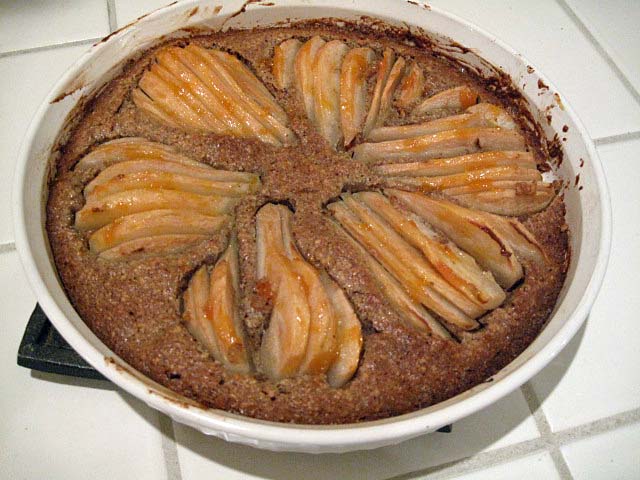As most of you are aware, Thanksgiving is celebrated in the U.S. of A. next Thursday. Family gatherings and big dinners are traditional, although the foods that are traditional vary considerably by region and from family to family. These traditions usually involve a lot of cooking, but they make menu planning relatively simple, unless you have family members with a variety of food allergies or other aversions.
There are also traditions regarding foods eaten, not on Thanksgiving, but on the surrounding days. I'm not aware of a lot of these. The one that comes to mind is going out for Chinese food the Friday after Thanksgiving. This is an American Jewish tradition. I have no idea what Chinese-Americans traditionally eat the night after Thanksgiving.
These days, with the increased mobility of American families, the Thanksgiving gathering often involves relatives traveling great distances in order to be together for the holiday. This also means the gathering is more than a one day affair. And that means meal planning and cooking need to be done for much more than the one big Thanksgiving dinner.
We will have family starting to arrive next Tuesday, and the last will leave the Saturday or Sunday after Thanksgiving. We want to have time to play with the grandchildren and visit with the grown-ups. So, we're spending this weekend preparing food to be frozen, so we don't spend all next week in the kitchen.
I started 2 days ago (Wednesday), feeding 2 different starters. Last night, I mixed the dough for San Joaquin Sourdough. This will be baked tomorrow as baguettes to make into French toast. Susan made a vegetarian stock to use for our Thanksgiving stuffing and for a potage. (One daughter-in-law is a vegetarian.)
Today, I built up a starter which will be used tomorrow to make Country Rye Breads from "Tartine Bread." I have the flour for this pre-weighed on the counter.
I also made a batch of NY Baker's babka dough and made up the cake crumb/sugar/cinnamon filling too.Tomorrow, I'll make up pecan rolls, but stop before cutting the rolls and freeze the logs to cut, proof and bake while company is here.
I then made pasta dough for fresh tagliatelle for Tuesday night's dinner. The bolognese sauce is simmering now. I'll stir in some pesto before serving. (No pesto for the kosher daughter-in-law. It has cheese in it.) Tomorrow, I'll roll out, cut and dry the noodles.
I'd planned to also make a batch of the pie crust using trailrunner's recipe, but my wife hijacked the Cuisinart to grind hazelnuts for a Frangipani-Pear Cake. So, that's added to tomorrow's fun.

Sufficient excuse for not making pie crust today
Let's see ... That just leaves making Turkey stock (for brother Glenn's best ever gravy) and a big pot of Potage (from Patricia Wells. HIGHLY recommended!) for lunch or dinner one day, baking two kinds of bread, making the pie crust dough and putting together the pecan roll logs for the next two days. All this in between other necessary errands, naturally.
Hey! I forgot the bagels! Maybe we'll make them along with the Challah, rye bread, Apple Crostada and knotted rolls Glenn wants me to show him how to make ... next Friday.
Happy getting ready for Thanksgiving to everyone!
David